PERMANENT EXHIBITION
George W. Strake Hall of Malacology
A Fascinating Exploration of Shells and Ocean Conservation
Discover the Beauty and Importance of Mollusks in the Ocean’s Ecosystem and Earth’s Ecology
The George W. Strake Hall of Malacology displays over 1,300 shell and marine specimens with a focus on ocean conservation.
Shells are undeniably beautiful with cascading colors, various textures and complex patterns, but as HMNS malacology curator Tina Petway reminds us, “This is not just about pretty shells. This is about human’s reliance on the ocean’s resources.”
The Strake Hall of Malacology explains the critical part mollusks play in the ocean’s ecosystem, as well as Earth’s overall ecology. The exhibition also dives into the food and cultural uses of shells.
Shells are undeniably beautiful with cascading colors, various textures and complex patterns, but as HMNS malacology curator Tina Petway reminds us, “This is not just about pretty shells. This is about human’s reliance on the ocean’s resources.”
The Strake Hall of Malacology explains the critical part mollusks play in the ocean’s ecosystem, as well as Earth’s overall ecology. The exhibition also dives into the food and cultural uses of shells.
Please Note:
Admission price includes access to all HMNS Permanent Exhibit Halls except certain Special Exhibitions and the Brown Hall of Entomology. Access to the Brown Hall of Entomology is included with admission to the Cockrell Butterfly Center.
Admission to the Permanent Exhibits is FREE Tuesday evenings from 5:00-8:00 p.m.
Members: HMNS Permanent Exhibits are always free!
Admission to the Permanent Exhibits is FREE Tuesday evenings from 5:00-8:00 p.m.
Members: HMNS Permanent Exhibits are always free!
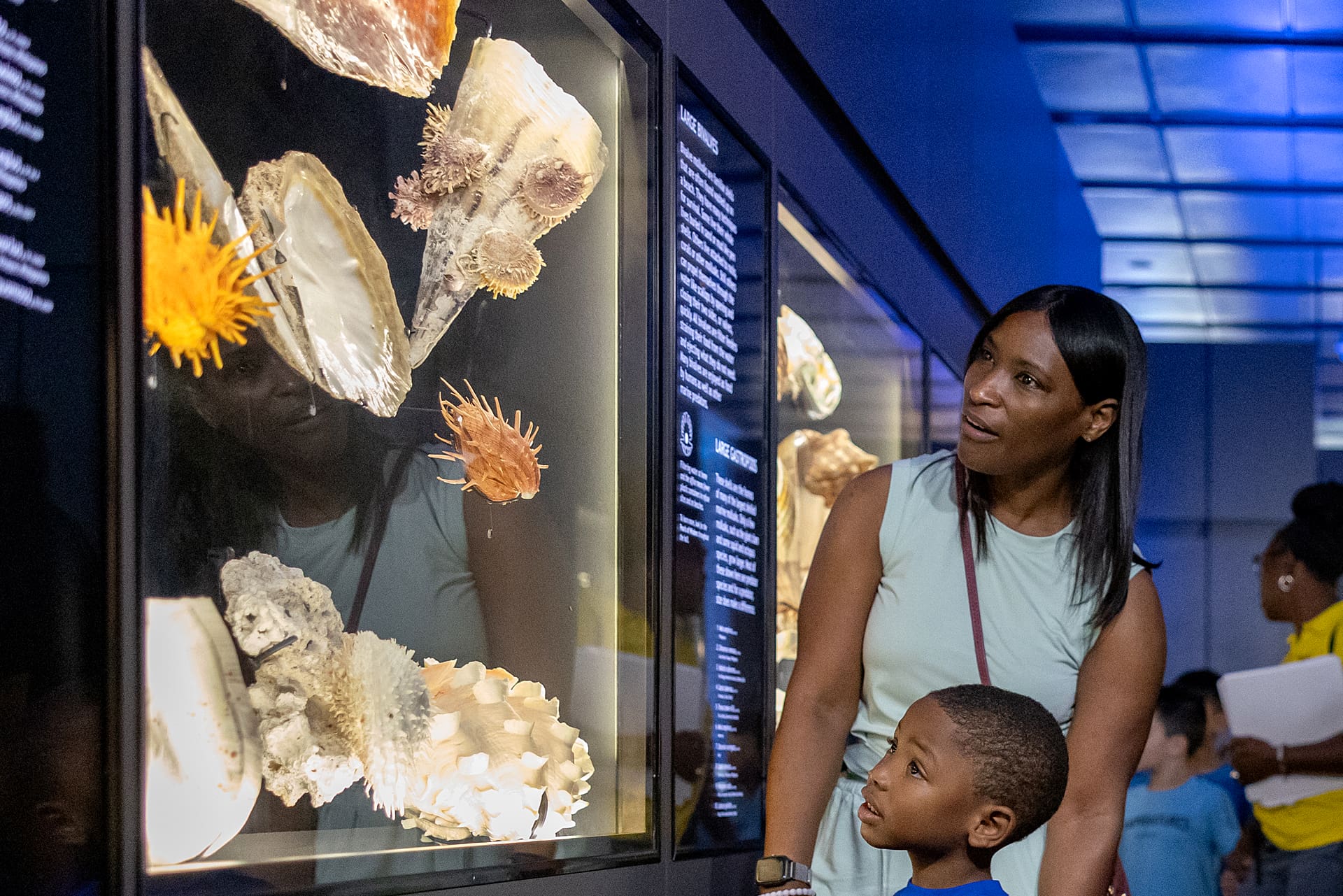
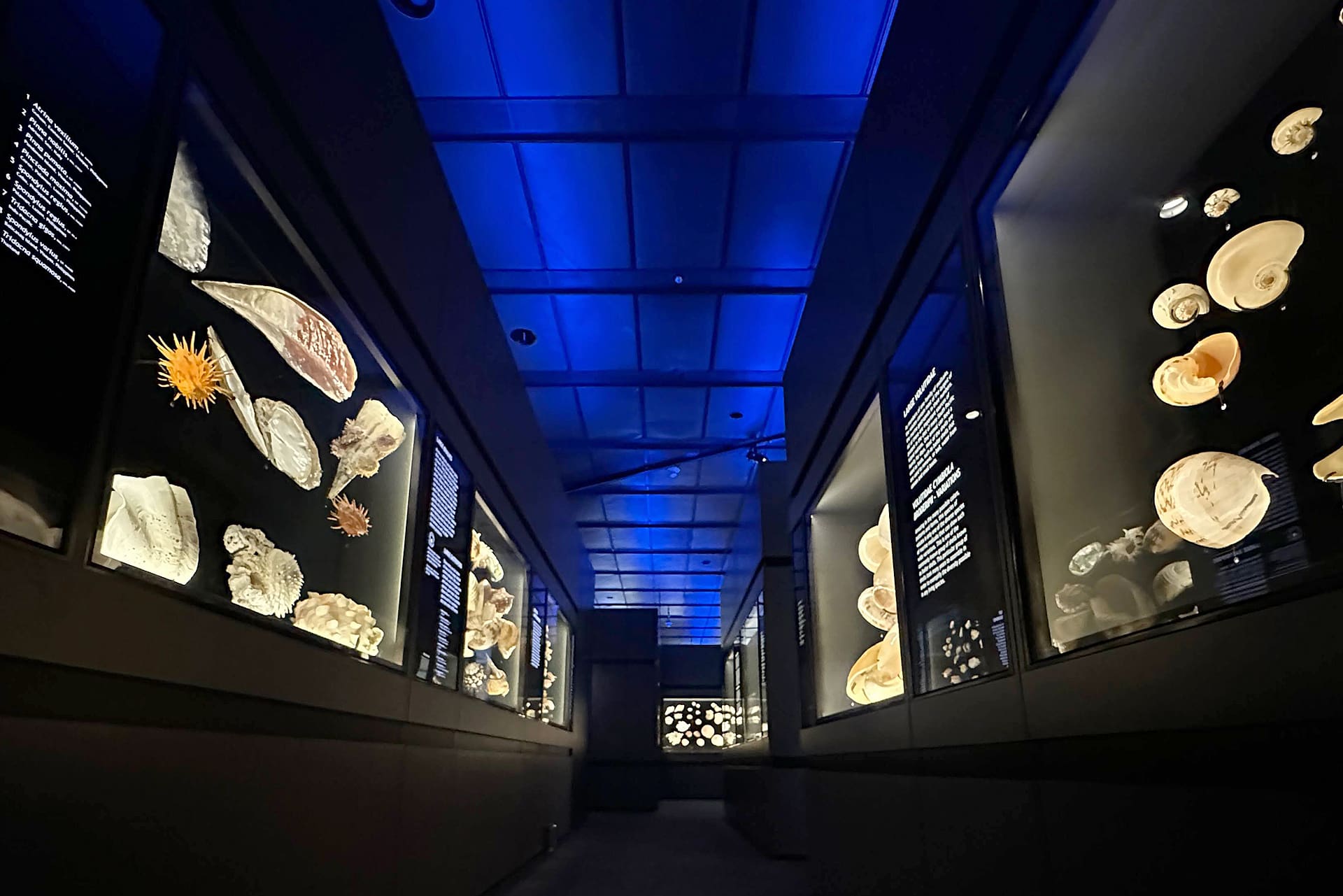
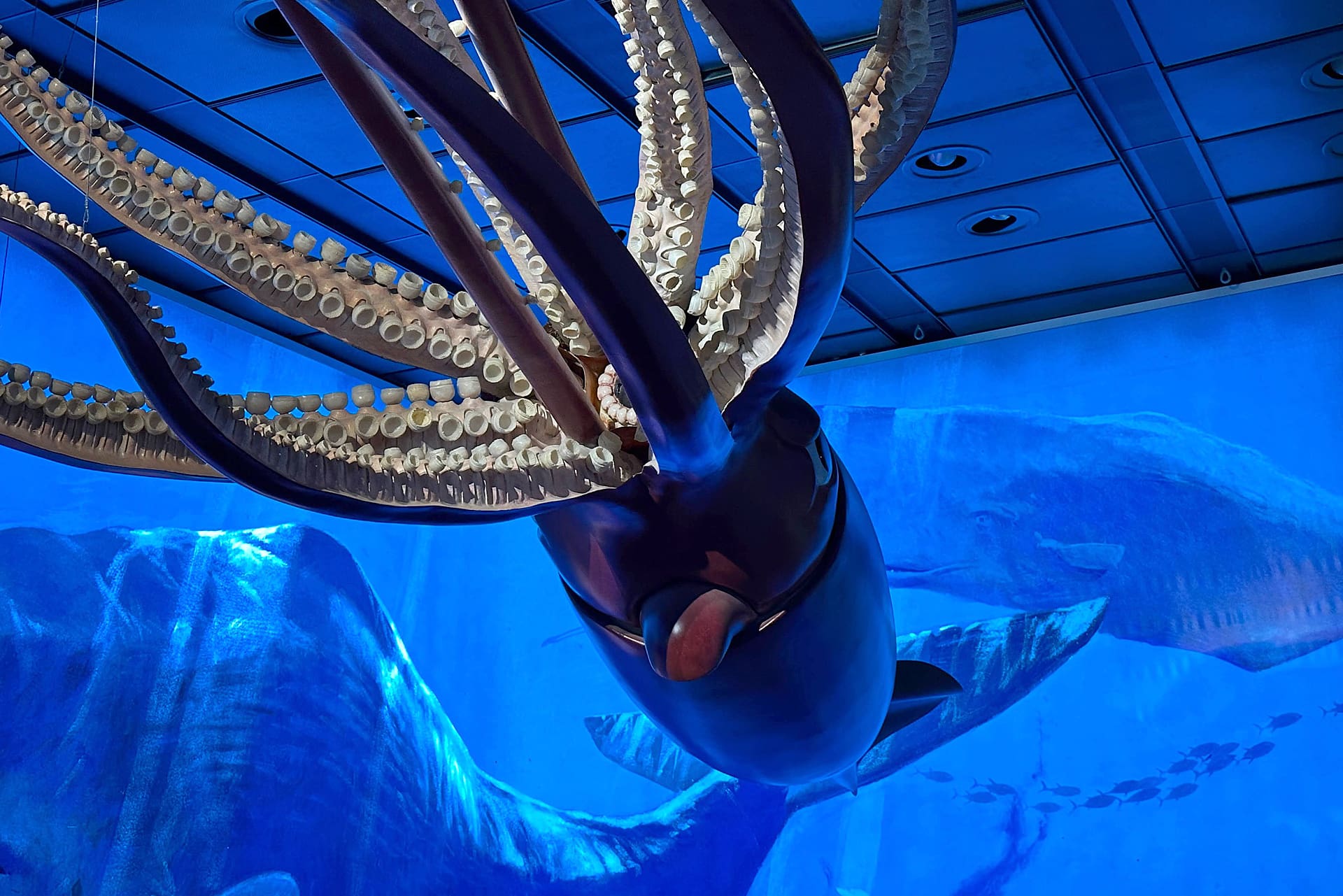
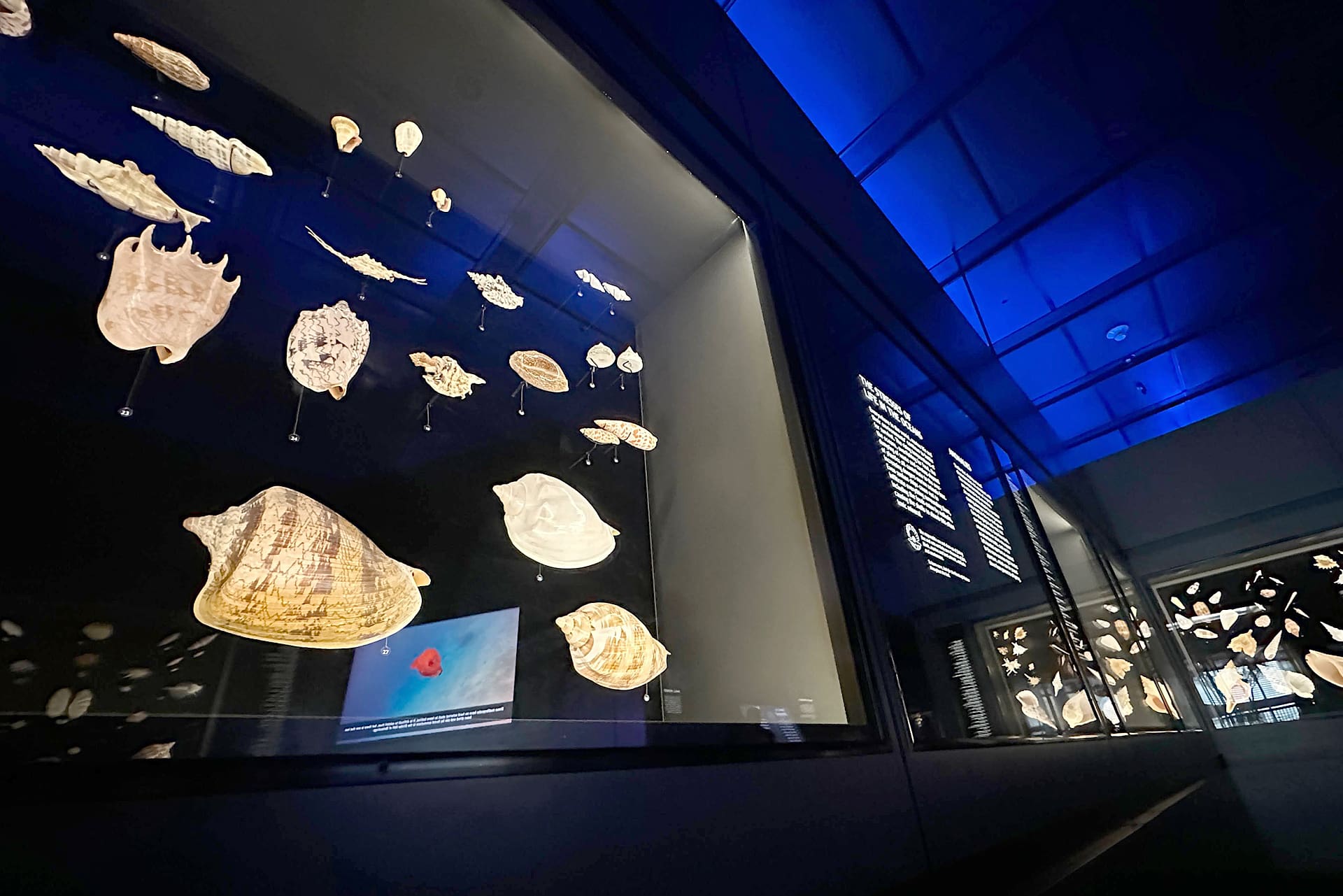
Exhibition Highlights
Giant Gastropods
World’s Largest Australian Trumpet Shells
In the vast ocean, the Australian trumpet stands as a giant among gastropods. These two specimens, the largest on exhibit, symbolize the intricate beauty and complexity of marine life, a true wonder of nature’s creation.
Global Mollusks
Explore the Rich Diversity of Mollusks Worldwide
From snails to octopuses, this exhibit showcases over 30,000 mollusk specimens. It’s a colorful journey through the world’s oceans, revealing the diversity and importance of these fascinating creatures.
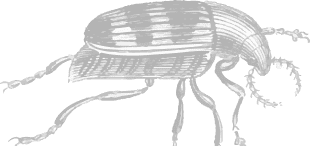


Meet the Curators
Our curators’ combined expertise ranges from A to Z… from archaeology to zoology!

Tina Petway
Associate Curator of Malacology
Tina Petway is the associate curator of malacology at the Houston Museum of Natural Science (HMNS). She oversees the HMNS Malacology collection, which is the largest of the museum’s collections and includes the Northwest Gulf of Mexico Survey of Marine Mollusks and the Guido Poppé Collection of Philippine Shells.